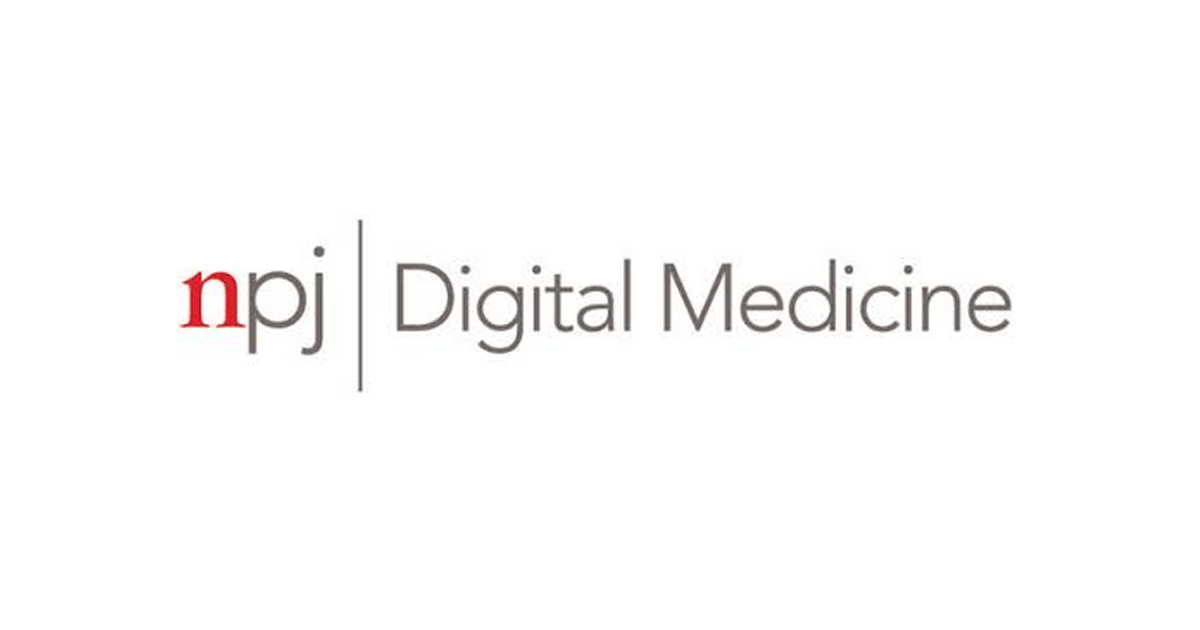¿Qué tan fundamentadas están las garantías de calidad de los nuevos productos basados en tecnologías? Es la pregunta que este artículo busca responder para generar un análisis de los pros y contras de las regulaciones que existen alrededor del proceso de creación y venta de estas aplicaciones. Por ello, se hace énfasis en la importancia de que exista un modelo a seguir para validar y verificar la funcionalidad de las tecnologías emergentes.
En múltiples ocasiones uno se enfrasca más en la proliferación de productos o servicios y no en el proceso que pasaron para llegar a manos del consumidor. Para la Digital Health –la cual lleva apenas un par de décadas en el mapa de los servicios de salud y se expande a gran velocidad -, son escasos los procesos que validan la calidad de un producto en términos de la seguridad del paciente, aspectos técnicos, clínicos y sistémicos.
En la actualidad, los procesos de monitoreo de calidad de un producto recaen sobre la producción de una tecnología, pero no se cuenta necesariamente con procesos rigurosos que vigilen la calidad de los productos en términos de funcionalidad, usabilidad, y aspectos de seguridad para el paciente. Por ello, los organismos reguladores pretenden darle más peso a las regulaciones que aseguren el cuidado de la calidad de los productos, sometiéndolos a pruebas de funcionalidad antes de operar formalmente.
Desde el año 2010 los requerimientos de aceptación hacia aplicaciones tecnológicas, utilizadas para la Digital Health, se están innovando para que la confianza del usuario se incremente y la seguridad de los componentes sean accesibles. Por su lado, el Sistema Nacional de Salud del Reino Unido (NHS, por sus siglas en inglés) ha desarrollado un detector de fallas.

COMPONENTS FOR QUALITY SERVICE
El modelo que los servicios de salud buscan trazar, requiere de una inversión en gastos y tiempo garantizando que el producto desarrollado sea de calidad para satisfacer las necesidades del cliente. Por esta razón, se contemplan los siguientes atributos que fundamentan y garantizan la calidad de nuevos productos basados en tecnología.
- Técnico: cuida que las configuraciones de los sistemas cumplan las especificaciones necesarias para que los resultados arrojados por los programas sean lo más fidedignamente posible y libres de margen de error.
- Clínico: para demostrar la eficiencia y la precisión de los diagnósticos y tratamientos de enfermedades.
- Usability: que los pacientes y usuarios puedan sincronizarse y tener fácil acceso a los elementos de los nuevos sistemas de Digital Health y no se les complique utilizarlos.
- Cost: debe existir un equilibrio entre el precio de los productos y su rentabilidad para que no existan sospechas de ineficiencias o probables defectos de fábrica en un futuro próximo.
A la par, el gobierno y las organizaciones se encargan de certificar el buen funcionamiento de los sistemas tecnológicos junto a su efectividad dentro de la Digital Health por medio de políticas públicas.
Para leer el ensayo completo da clic aquí:







